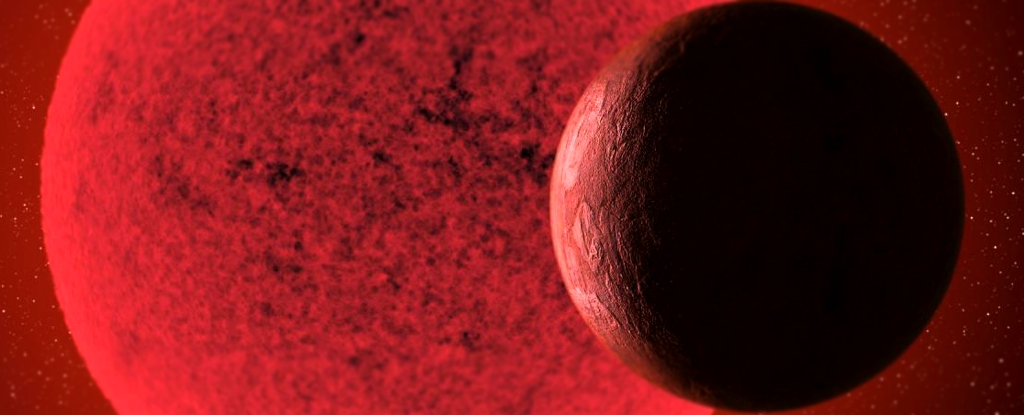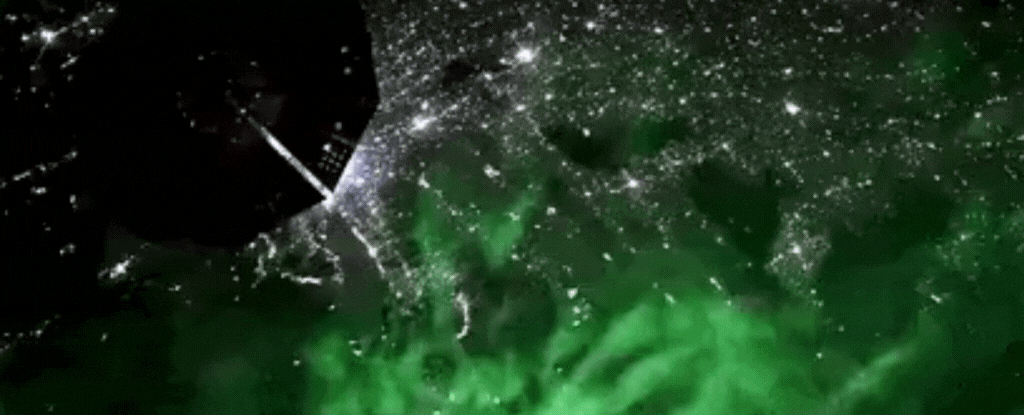Our Solar System is a carefully balanced celestial dance held together by a virtually perfect balance of gravity and inertia.
Just how this cosmic waltz would look with a ‘super-Earth’ in place of the asteroid belt between Mars and Jupiter is a question posed by planetary scientists Emily Simpson and Howard Chen from the Florida Institute of Technology (FIT).
The researchers were inspired by a puzzling fact: many Solar Systems like our own are predicted to have super-Earth planets relatively close to their sun, so it’s rather strange that ours doesn’t.
“What if the asteroid belt, instead of forming the ring of smaller asteroids that it is today, what if it had formed a planet between Mars and Jupiter instead?” says Simpson.
“How would that affect the inner planets, so Venus, Earth, and Mars, specifically?”
Simpson and Chen ran mathematical models looking at how differently sized Earth-like worlds would have affected the rest of our Solar System. The planet sizes tested were 1 percent of Earth’s mass, exactly Earth’s mass, twice Earth’s mass, five times Earth’s mass, and ten times Earth’s mass.
Each simulation was run for a couple of million years, with the effect on the orbit and tilt of other planets measured.
Those are key factors for habitability on a planet: the orbit affects the lengths of the seasons, while the tilt affects how extreme those seasons are. The knock-on changes from a super-Earth – dubbed Phaeton by the researchers – were intriguing.
“If it’s one or two Earth masses, which is still a pretty big planet, our inner Solar System would still remain quite nice,” says Simpson.
“We might experience slightly hotter summers or colder winters because there’s this sway in obliquity, but we could still live our lives.”
However, the larger-sized super-Earths shifted the positions of the other planets to a significant degree. An extra planet 10 times the mass of Earth could well have pushed our own planet outside the habitable zone and closer to Venus, while also having an impact on its tilt, causing dangerous extremes between seasons.
Of course, modeling the fates of multiple worlds is quite a challenge, with each slight variation setting off all kinds of consequences – like the rise and fall of Earth’s ice sheets, for example – but these simulations could be hugely helpful in future in spotting exoplanet systems with the right balance for habitable zones.
“If we discover a Solar System-like system, but with a slightly different history – where instead of the natural belt, there is a planet – could that planet system’s inner regions still be hospitable?” says Simpson.
“The answer is it depends on how big the planet is. If it’s too massive, that would probably spell doom for the planets within its orbit.”
The research has been published in Icarus.





